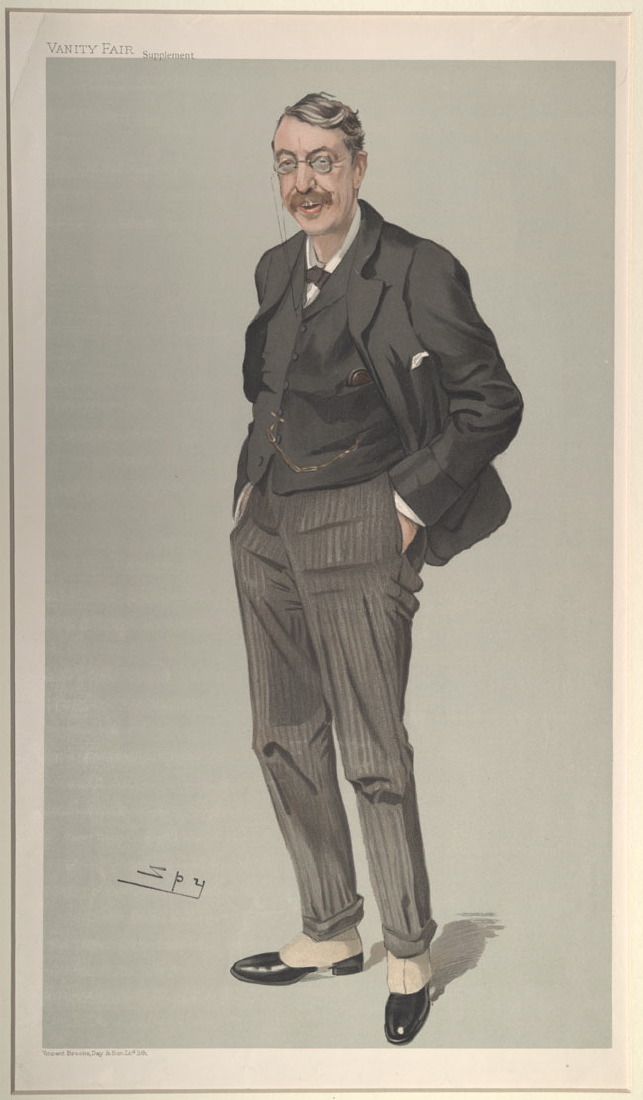The variety within the limits of an apparently shackled formula is so great, that it takes not months but years to turn form from a master into a servant. If the composer investigates the knots of the ropes which bind him, he will eventually find how to loosen them.I found my copy of this book a few years ago. As it turned out, the discovery was serendipitous: the front flyleaf shows that the first owner of the copy was Franklin Peterson, on whom I did my Ph.D. thesis:
Too many students are afraid, from a natural desire to be original, to copy the examples which the great composers provide; but if they wish to get at the root of the methods in which their predecessors successfully worked, they must make up their minds to do so. Here, again, the parallel of the art of painting comes in, where students can get the best possible tuition from masters greater than any living by copying their pictures, and so getting at the root of their methods. A musician has one great advantage over a painter in this branch of study; for he can take a movement by a great composer for a model, but confine his imitation to copying the shape and the trend of the modulations while using his own themes and rhythmical figures to carry out the design. The painter merely copies out another man's complete work. The composer writes his own work on the lines of his predecessor's model. Except to a heaven-born genius, such as Schubert, this system of studying form is the only possible one for the all-important control of shape and proportion. It might even, without blasphemy, be said that Schubert would have been less given to diffuseness if he had trained himself systematically, which we know that he did not; for his "heavenly lengths," as Schumann termed them, are only carried off by the wealth of invention which they contain. Beethoven often writes at as great a length as he (witness the Sonata in B flat, Op. 106), but his subjects, episodes, and developments all increase in proportion to each other and in proportion to the length of the scheme; and just as a man of perfect proportions will not look like a giant, even if he is six feet six, so another of six fee two, whose legs are too long for his body, will give the impression of abnormal height. It is an almost cruel task to write a movement, bar by bar, modulation by modulation, figure by figure, exactly the same in all respects, save theme, as a work by another composer; but it is the only way to get at the root of the matter, and it must be faced.
You can also see what an outrageously good deal the book was!


No comments:
Post a Comment